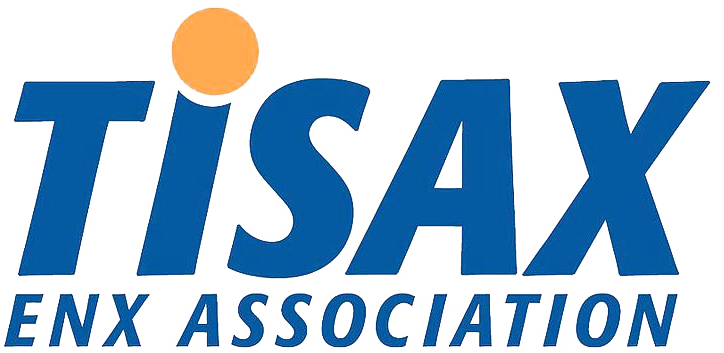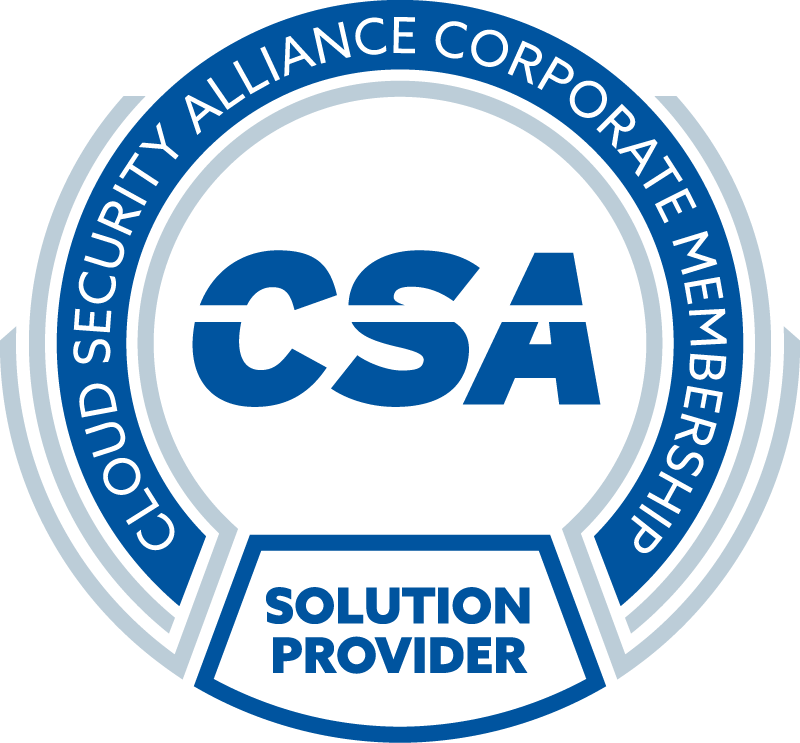Camunda Trust Center
At Camunda, we’re committed to Information Security, Privacy and Compliance.
Our mission is to establish trust through transparency.
Customer Assurance Packages
The best place to begin your due diligence process is with Camunda’s Customer Assurance Packages. These packages provide detailed security information to prospective and existing customers for completing vendor security assessments.
Compliance at Camunda
We take compliance seriously, because we know how much security, privacy and accessibility matters to our customers and stakeholders.
SOC 2 Compliance
Camunda maintains SOC 2 Type 1 and 2 compliance.
ISO/IEC 27001 Certification
Camunda maintains ISO/IEC 27001 certification for our Information Security Management System (ISMS).
TISAX Assessment

Camunda has completed a Trusted Information Security Assessment Exchange (TISAX) assessment. This standard provides the European automotive industry a consistent, standardized approach to information security systems.
Privacy Statements
Our Privacy Statement describes when we collect personal data and how we use it.
The Product Privacy Statement applies to the information Camunda collects in connection with customer use of our products.
GDPR Compliance
Camunda is compliant with GDPR requirements.
Cloud Security Alliance Member

Camunda is a member of the Cloud Security Alliance, the world’s leading organization dedicated to defining and raising awareness of best practices to help ensure a secure cloud computing environment.